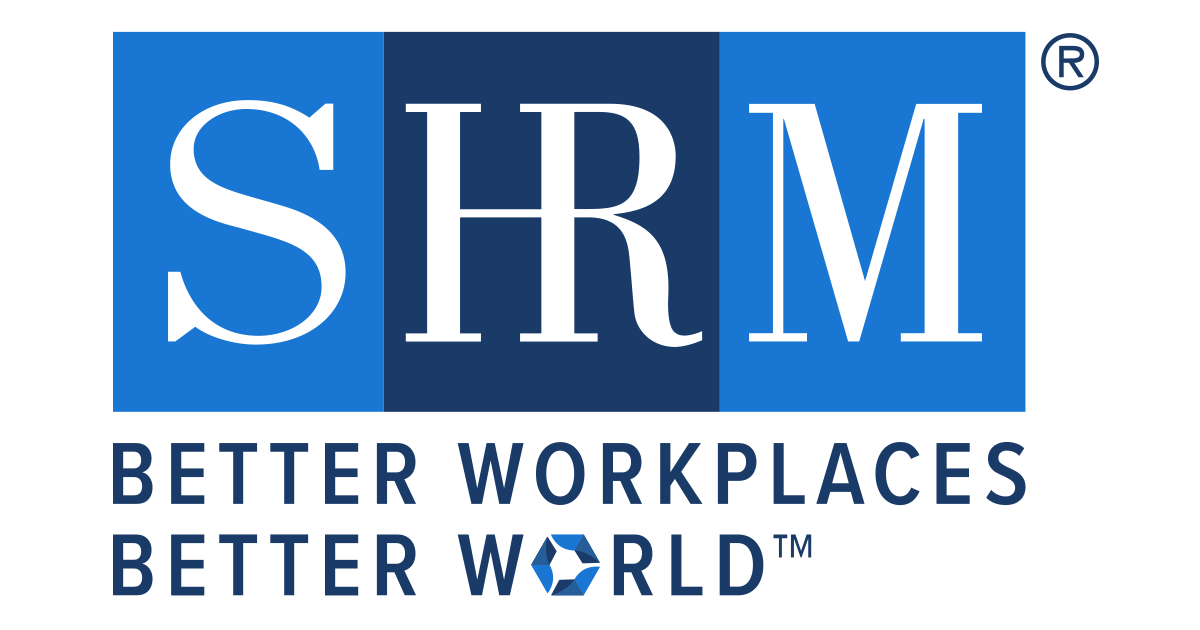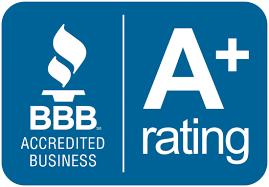Reducing Employee Turnover - 7 Ways to Engage Employees
Decreasing employee turnover by increasing engagement

In our previous blog you can read here, we discussed employee turnover and how you can decrease your turnover rate with employee engagement. Because we really wanted to dive deep, we saved all the juicy details for this week.
As a refresher, employee engagement is an employee's emotional commitment to the organization and its goals. Employee engagement is an important part of employee retention because if your employees aren’t engaged or are disengaged, they cost you money and hurt your organization.
So where do you start?
Like anything, this is only successful if it can be measured. And in order to measure improvement, you need to know where you’re starting. Before implementing measures to increase employee engagement, you need to gauge where your company currently is.
The easiest way to do this is to conduct employee surveys. These are a great way to identify employee feelings and sentiments towards the organization and the work they do. You can either choose to conduct your own survey or outsource a company or individual to do it for you. In order to truly decipher your findings, you’ll need to compare your results to other companies to see how you fare and where you really are.
Once you have an idea of your employee engagement, you can begin the real work. Before implementing new ideas, it’s important to sit down with leadership, managers, etc. to describe the problem at hand, how you intend to fix it, and the results that will follow. If you can justify something, executives will be more apt to get on board – especially if you can prove that/how it will increase profits or save money.
Now, for the fun part! Here are 7 things you can do to engage your employees!
1. Know Your Employees
This might seem like a no-brainer, but you’d be surprised how many people have no idea who works with them. A great way to increase employee engagement is to actually know them. Employees want to know they’re more than just a number. Aim to be on a first-name basis with your employees. Get to know more about them, their life, their family, what they like to do in their free time, etc. Create opportunities in and out of the office to spend time with your employees and foster connections between them as well.
Try This: Once a month, plan some type of get-together for employees whether it’s a Friday office party or an optional outing at a local restaurant. Give yourself and your employees ample time and opportunities to create relationships outside of office hours.
2. Encourage Growth
Say it with me – growth is vital! One of the top reasons employees leave their company is the lack of growth opportunities. No one wants to stay somewhere they feel stuck or stagnant. Create a clear path of advancement for employees and support internal movement. If that’s not an option, invest in your employees in other ways and encourage upskilling opportunities. If you can’t provide a place for them to grow, you can at least support them in their career journey elsewhere.
Try This: Create clear, internal career maps for employees. Describe vertical and horizontal career movement and what skills and qualities would be optimal for each position. If internal advancement is not possible, allocate funds for each employee to use specifically for whatever avenue of skill development they choose.
3. Recognize and Praise
Who doesn’t love to be applauded for their hard work? Employees love employers that love them! Take every opportunity to acknowledge all your employees do for you and reward them when possible. If an employee does a remarkable job with a task, hits a milestone, or accomplishes a goal, make it known! There are few greater feelings than being praised for a job well done. Show your employees you cherish them and you’re proud to have them on your team, and they’ll return the favor.
Try This: Send out monthly emails highlighting star performers and key players on your team that month. Choose one employee to receive a small reward as a token of your appreciation for all the work they do. In addition, encourage managers to make it a point to praise or recognize an employee’s achievement(s) every week.
4. Make Feedback Essential
Feedback is an essential part of the employee experience – not just receiving it but giving it as well. How will you know the experience your employee is having if you don’t give them the opportunity to tell you? You should also make every effort to implement changes based on their feedback. Employees want to be where their voice is heard!
Try This: Every quarter, send out a survey to your employees asking for feedback. This could be feedback pertaining to culture, operations, technology, or anything else on their mind. If you want to encourage real transparency, make it anonymous so employees won’t feel pressured to subdue their feelings.
5. Be a Good Manager
Perhaps one of the most important on this list, being a good superior is very important to employee engagement. It’s often said that employees don’t leave places, they leave managers. Managers have the ability to make or break the employee experience, so make sure you’re doing your part to create the best environment possible. Frequently communicate with your employees, give feedback/constructive criticism, and give them adequate responsibility, all the while cheering them on every step of the way.
Try This: No one wants to be micro-managed, but no one wants a ghost as a manager either. Take a look at your responsibilities and delegate several tasks to your employees. Communicate with your employees regularly and give daily/weekly feedback on tasks they’ve accomplished.
6. Welcome Flexibility
The covid-19 pandemic changed a lot, but one thing it showed us was how truly flexible our work can be. Now, three years later, workers are still seeking the arrangements the pandemic made possible. A work-life balance is at the top of the list for many job seekers now, so provide them with options to make this possible. Offer hybrid and remote opportunities to show your care about your employees – in and outside of the workplace.
Try This: Reflect on the nature of your employee’s jobs. If possible, allow them once a week to work remotely. Eventually, you can increase this to more days if you choose. Incorporate healthy competitiveness by creating workplace competitions and rewarding winners with extra WFH days that month.
7. Make it Fun
If this list was in priority order, this would definitely be at the top. Unfortunately, this is one a lot of workplaces forget to include. Work doesn’t have to be dull, boring, or excruciatingly uneventful. Nothing increases employee engagement like fostering some good ole’ workplace excitement. Plan small events, get-togethers, and mid-day pick-me-ups to create a workplace your employees want to be in and are excited to come to.
Try This: Once a week or every other week, choose a day to foster some workplace fun! Some fun ideas are a mini office happy hour, bring your dog to work, donuts and coffee, lunch on the boss, a mini-game day, etc. There are so many ideas and ways to really tap into your creativity to make the day fun!
It’s not hard at all to create a work environment that truly engages your employees. Don’t feel as though you have to completely reinvent the wheel – small details sometimes matter more. Be intentional, be mindful, and be genuine. As we said before, it’s not about trying to lock employees in, but rather creating an environment where they truly want to be. Do this, and the results will follow.
Thanks for reading this week's blog and remember to check back soon for more great staffing industry knowledge and advice.
And if your company is in need of a partner staffing agency, call us today!








